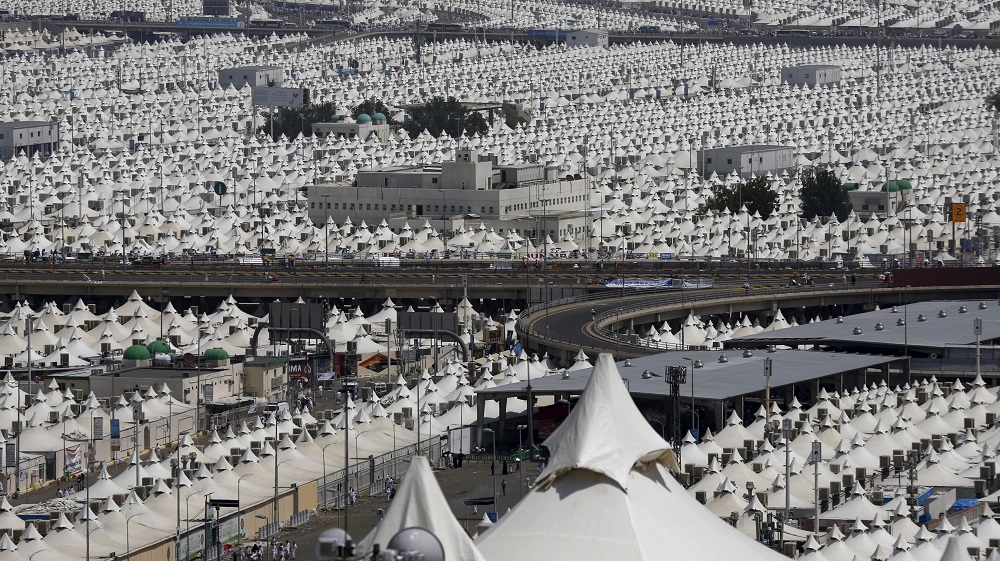Importance of Hajj in Islam
Hajj is the most divine and sacred journey to the house of ALLAH. All Muslims willingly visit this sacred place because ALLAH has given this place a priority over any other place in the world. Hajj is the most important religious practice in Islam.
ALLAH makes it mandatory on all his believers (male and female) who are physically, mentally and financially able to do it, at least once in a lifetime. Muslims from different cultural identities gather at one single platform to perform Hajj and emphasize the same basic concept that there is only one God i.e. “ALLAH”.
In Holy Quran, Allah Almighty Says: “Verily, the first House (of worship) appointed for mankind was that at Bakkah (Makkah), full of blessing, and a guidance for Al-‘Alamin (the mankind and jinns). In it are manifest signs (for example), the Maqam (place) of Ibrahim (Abraham); whosoever enters it, he attains security. And Hajj (pilgrimage to Makkah) to the House (Kaaba) is a duty that mankind owes to Allah, those who can afford the expenses (for one’s conveyance, provision, and residence); and whoever disbelieves [i.e. denies Hajj (pilgrimage to Makkah), then he is a disbeliever of Allah], then Allah stands not in need of any of the ‘Alamin (mankind and jinns).”
Hajj encompasses of all the worships, for example, believe in ALLAH, prayer, fasting, zakat, charity, spending money for a good cause, patience, good manners, Jihad. In fact, it purifies the soul and heart of a person who performed it and then a Muslim boards on a new stage of life which leads him to spiritual and temporal gains. So, it is clear that Hajj is not just a pillar of Islam, it influences the social, moral, national and economic life of a Muslim too.
Importance of Hajj:
From the time Prophet Ibrahim A.S build holy Kaaba and performed Hajj, the first time in the history of Islam, to obey the command of ALLAH. Muslims from all over the world move to Makkah, in the month of Zilhajj, to fulfill their obligations and compliance towards ALLAH.
Hajj purifies the sins:
ALLAH forgives the sins of a person who performs Hajj. It is the greatest and beautiful gift of ALLAH, because, every Muslim prays and hopes for the forgiveness of sins and to be in Jannah in Akhirat is what every Muslim wish for.
Abu Hurairah stated that the Prophet ﷺ said: “He who performs Hajj for ALLAH’s pleasure and avoids all lewdness and sins will return after Hajj free from all sins as he was the day his mother gave birth to him.”
The reward of Hajj is Paradise:
Abu Hurairah says that the Prophet ﷺ said: “From one ‘Umrah to another is the expiation for what is between them and Hajj Mabrur has no reward except Paradise.”
From the above-mentioned hadith, it is clear that the reward for Hajj is Paradise. Hajj Mabrur is a hajj which is performed without any fault and with a pure heart. ALLAH has promised Paradise for Hajj Mabrur due to the righteous deeds.
Pilgrims are guests of ALLAH:
The journey of Hajj is the easiest way to attain satisfaction of ALLAH as the pilgrims are considered to be guests of ALLAH.
Abu Hurairah reported that the Prophet ﷺ said: “Pilgrims and those performing Umrah are ALLAH’s guests; their prayers are answered and their supplications for forgiveness are granted.”
Muslims also learn the history of Islam through Hajj. They visit sacred places from where Islam initiated. They get to know about the adversities that our Prophet ﷺ and his companions encountered during that time. Hajj also gives a strong message of Brotherhood and Unity.
“May Allah guide us all and give us an opportunity to perform Hajj.”
source: http://www.al-khair.org/blog




